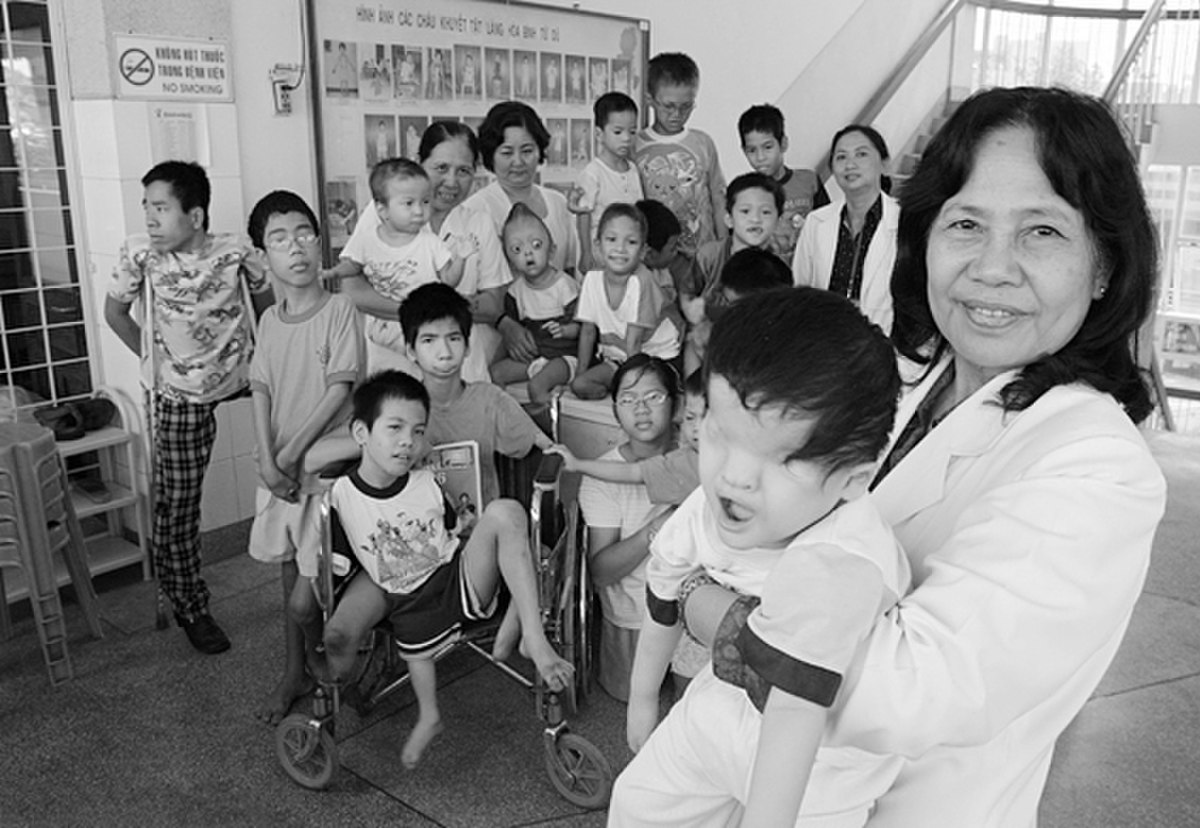
Epilogue
VietnamOn 2 July 1976, North and South Vietnam were merged to form the Socialist Republic of Vietnam. Despite speculation that the victorious North Vietnamese would, in President Nixon's words, "massacre the civilians there [South Vietnam] by the millions," there is a widespread consensus that no mass executions took place. The United States used its security council veto to block Vietnam's recognition by the United Nations three times, an obstacle to the country receiving international aid.
Unexploded ordnance, mostly from U.S. bombing, continues to detonate and kill people today and has rendered much land hazardous and impossible to cultivate. According to the Vietnamese government, ordnance has killed some 42,000 people since the war officially ended. In Laos, 80 million bombs failed to explode and remain scattered throughout the country. According to the government of Laos, unexploded ordnance has killed or injured over 20,000 Laotians since the end of the war and currently 50 people are killed or maimed every year. It is estimated that the explosives still remaining buried in the ground will not be removed entirely for the next few centuries.
The U.S. dropped over 7 million tons of bombs on Indochina during the war, more than triple the 2.1 million tons of bombs the U.S. dropped on Europe and Asia during all of World War II and more than ten times the amount dropped by the U.S. during the Korean War. Former U.S. Air Force official Earl Tilford has recounted "repeated bombing runs of a lake in central Cambodia. The B-52s literally dropped their payloads in the lake." The Air Force ran many missions of this kind to secure additional funding during budget negotiations, so the tonnage expended does not directly correlate with the resulting damage.
The deaths of as many as 2,000,000 Vietnamese civilians, 1,100,000 North Vietnamese soldiers, 250,000 South Vietnamese soldiers, and some 58,000 U.S. troops. Chaos in neighboring Cambodia, where the radical communist movement known as the Khmer Rouge seized power and caused the deaths of at least 1,500,000 Cambodians before being overthrown by Vietnamese troops in 1979. Over 3 million people left Vietnam, Laos, and Cambodia in the Indochina refugee crisis after 1975.
